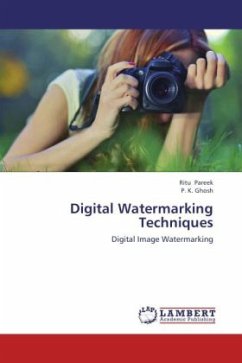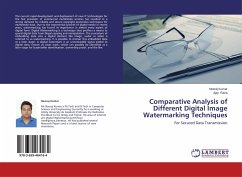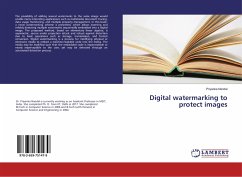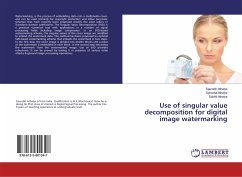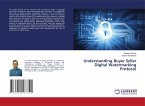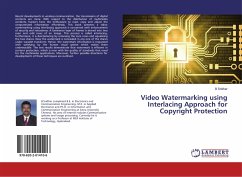Internet has made the world become so close to each other and people are now exposed to every kind of information. Well why not, today the best way to advertise or share is internet. But it has its own drawbacks, the fear of copying and clam of ownership. This has made users reluctant to share there own digital work on internet.Works such as songs, movies, pictures, books, and magazines can be made available for immediate download. While the digital domain in the general sense has made it much easier for authors and legitimate distributors of multimedia works to create, manipulate, distribute and archive their property, it has also complicated the matter of copyright enforcement. Digital watermarking attempts to encode a logo (image) into a digital data to provide a means by which legitimate copies can be identified. Digital watermarking is an effective solution to prevent duplication illegally, to enforce IP rights and distribution of multimedia data.
Bitte wählen Sie Ihr Anliegen aus.
Rechnungen
Retourenschein anfordern
Bestellstatus
Storno

